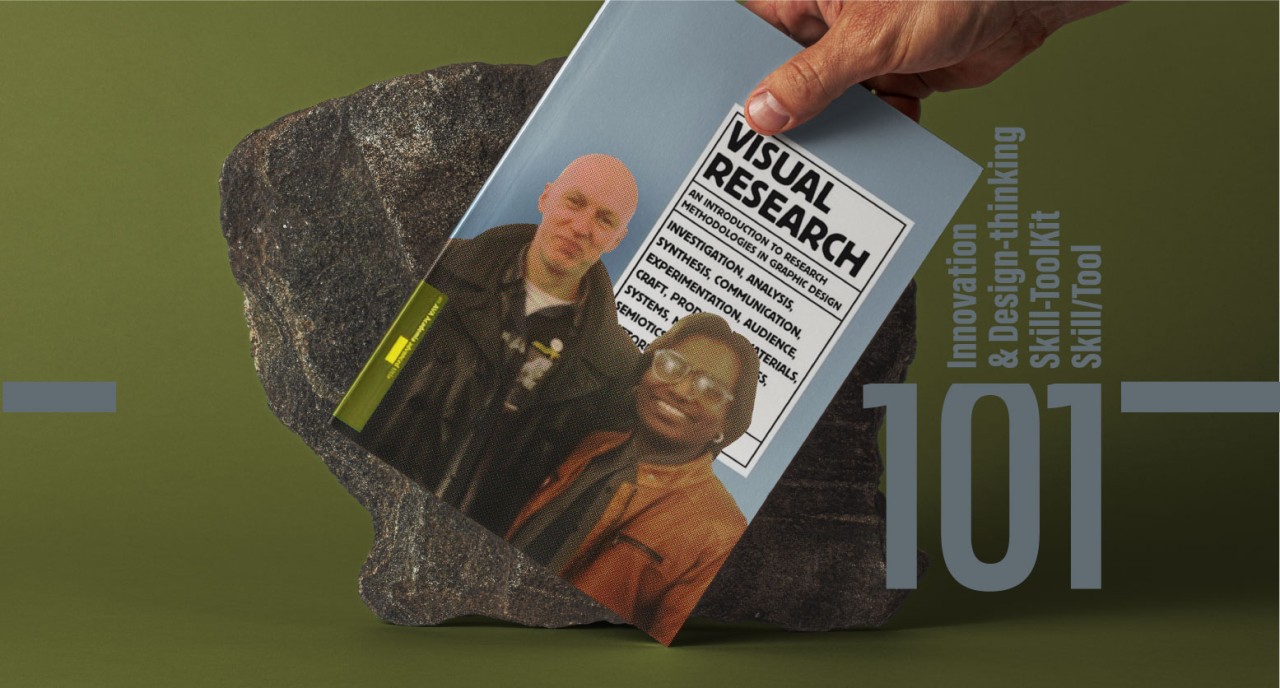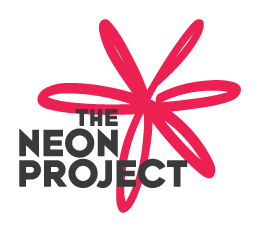
Innovation & design thinking: Skill-ToolKit: 101
Tool: Visual Research Skill/Tool
——
Description: Visual research is a qualitative research methodology that relies on the use of visual art mediums to “produce and represent knowledge.” These artistic mediums include (but are not restricted to), film, photography, drawings, paintings, and sculptures.
——
To understand ‘Visual Research,’ we need to understand what research is at first:
According to the Oxford Dictionary, research is a systematic investigation into and studying materials and sources to establish facts and reach new conclusions (hence, Visual Research mostly use visual support to investigate).
——
Purpose of Visual Research?
1 Establish or disprove (new) facts
2 Solve existing or new problems
3 Create ideas, theories, conclusions, etc.













‘Visual research methods’ are a methodology that uses some kind of visual materials as part of the process of generating evidence to answer research questions.
– Use different types of images – photographs (often use and most popular), diagrams, relational maps, timelines, self-portraits, film and video, video-diaries, collages, sketches, memory books, drawings, graphic novels, and photo-diaries.
For example, three different ways images are sourced:
– Visual materials that are generated by the researcher
– Visual materials created by research participants
– ‘Found’ visual materials
——
How is Visual Data Analysed?
Approaches vary, but analysis often follow, as shown below:
– The naming of themes that form experience.
– The image itself, and the relationship between the image and its audiences
– Using a narrative analysis looking for the story told with multi-media coding, linking data collected through different mediums.
– Studying the process through which an image was created (is often viewed as a vital part of the analysis).
– Looked at what is visible and what remains hidden (this is important to understand the construction of a particular reality).
——
How Visual Research Model is a useful model of research?
1. Visual Research Model is to be useful in generating evidence that other methods, like interviews and surveys, cannot possibly produce.
For example, A visual research project asked children to take photographs and drawings of their pets, rather than conversations with those children. The research results revealed the importance of pets to children’s lives and particularly to the physical activities these children undertook.
—
2. Interviews-with-images more effective (the strength of the photo-essay arrangement, is its ability to grant a sense of the subjective experiencing a situation, and images are also claimed to be powerful channels for the sensory experience and feel of environments)
—
3. The visual materials could ‘reveal what is hidden in the inner realm of the ordinary (hence, conduction interviews with participant-generated visual materials are particularly useful in exploring the internal realm things in their research participants’ lives).
In conclusion, Innovators and Design-Thinkers must make use of the wonderful tool, which enables them to produce fantastic outcomes.
—————————————————————————————————————
I dedicate this skill/tool to my (Master’s in Branding) tutor, Robert Mowbray, London College of Communication, University of the Arts London. Who introduced this fabulous skill/tool to me.
Thanks, Rob, because of you now I use ‘Visual Research’ methodologies extensively in my projects, of course, excellent results I experience every time. Furthermore, the Book, Visual Research: An Introduction to Research Methods in Graphic Design by Ian Noble and Russell Bestley, become my bible, regularly refer!
I refer this book to all those who love Innovation and Design thinking.

